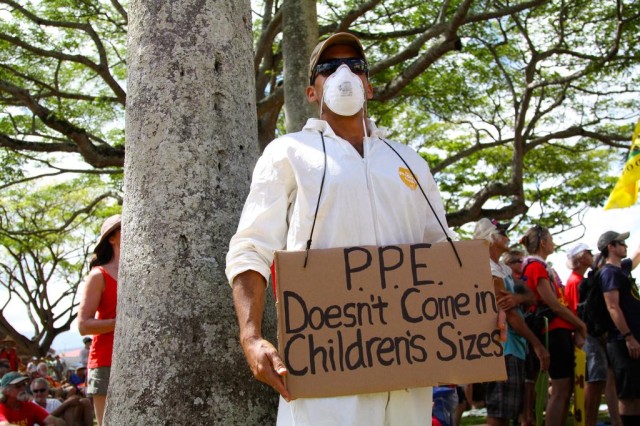By
Now that Kauai’s Joint Fact Finding Study Group has released the final version of a report on pesticide use on the island (the report was circulated publicly in draft back in March), the path to action is clear for the State of Hawaii.
The report has shown conclusively the insurmountable obstacles that failing to collect adequate data on pesticide use places in the path toward properly understanding the health risks of these toxic substances. Those risks might be slight, severe or some place in between, but we won’t know what they are until the data is collected, analyzed, made public and understood by the agriculture industry and the public alike.
On Kauai and throughout the Hawaiian Islands, that’s a prospect the industry has fought for years to avoid, arguing that it’s looking out for consumers through responsible practices, that adding new regulation would result in greater costs being passed on to consumers and that the specifics of its pesticide application is proprietary information.


Leave a Reply